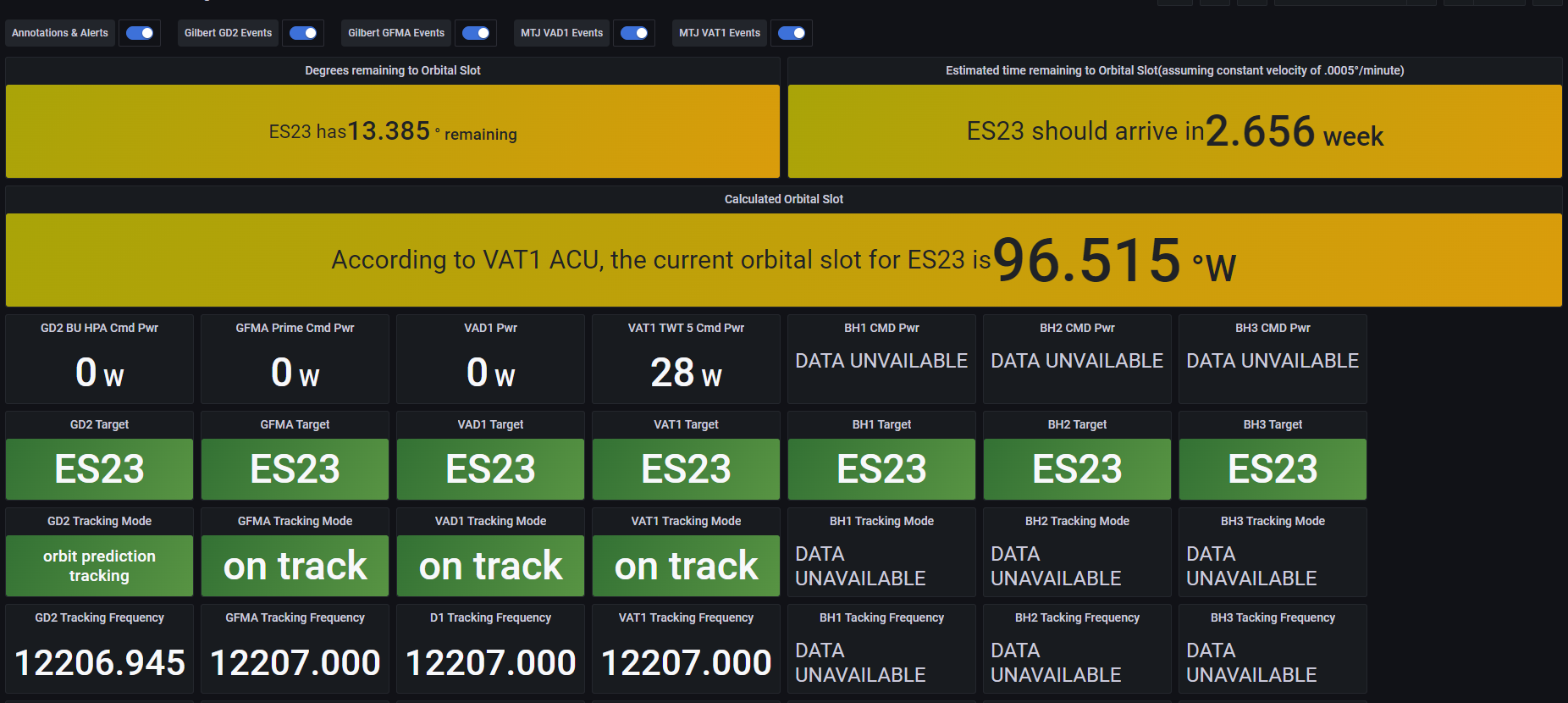Uptime Kuma vs. Grafana are two popular website monitoring tools. Website monitoring tools help businesses keep their websites running smoothly and provide a positive user experience.
They detect issues before they become significant problems, improving uptime and minimizing revenue loss.
Uptime Kuma is self-hosted and monitors applications, websites, and APIs. Here are some of its features:
- Proxy support:
Uptime Kuma supports proxy servers, which can be helpful for businesses that need to monitor services behind a firewall.
- Alerting and Notifications:
Uptime Kuma supports various notification channels such as email, Slack, Discord, etc. It can notify you promptly when an issue arises, enabling you to address problems swiftly.
- Monitoring:
Uptime Kuma can monitor various services, including websites, applications, servers, and network devices. It supports multiple protocols, including HTTP/S, TCP, DNS, and ping.
- Different types of health checks:
Uptime Kuma can watch services with different health checks, ensuring they’re operational.
- Integrations:
Uptime Kuma integrates with various popular tools and services, such as Cloudflare, AWS, and Azure. It allows you to centralize your uptime monitoring and get a complete view of the health of your IT infrastructure.
Uptime Kuma is a valuable tool for website availability monitoring and basic service checks, especially for small to medium-sized businesses and individual users.
Its simplicity, open-source nature, and integration options make it a viable choice for monitoring web services and applications.
However, for more complex infrastructure monitoring or extensive analytics, businesses may need to explore other solutions with more advanced features and scalability.
Grafana:
It is an open-source monitoring platform that visualizes metrics, website performance, logs, and traces.
It’s multi-platform and provides tools to turn TSDB data into insightful graphs and visualizations. Grafana offers a variety of features, including:
- Data source integrations:
Grafana supports many data sources, including popular databases, cloud services, and monitoring tools like Prometheus, Elasticsearch, and InfluxDB.
- User authentication and permissions:
The platform provides user authentication and role-based access control, ensuring only authorized users can access and modify dashboards and data sources.
- Customizable dashboards:
Grafana helps businesses visualize and analyze data with customizable dashboards and built-in panels.
- Authentication:
Grafana supports different authentication styles, such as LDAP and OAuth, and allows you to map users to organizations.
- Active community:
The large community of users and contributors means you can find ample resources, plugins, and support.
Grafana is a powerful and flexible tool for monitoring and visualizing data. It is a good choice for organizations seeking comprehensive tracking and analytics capabilities.
However, users should be ready to invest time in learning and configuring it.
Uptime Kuma vs. Grafana: Similarities;
- Open Source: Uptime Kuma and Grafana are both open-source software. They are freely available for use, and their source code can be modified and customized to meet specific requirements.
- Customization: Both tools offer customization options. Uptime Kuma allows users to create custom checks and dashboards for monitoring specific services, while Grafana enables the creation of highly customizable dashboards and panels for data visualization.
- Both tools integrate with a variety of other popular tools and services. Uptime Kuma integrates with Cloudflare, AWS, and Azure. Grafana integrates with Kubernetes, Docker, AWS, and more.
- Web-based interfaces: Uptime Kuma and Grafana provide web-based interfaces that make them accessible from a web browser. Users can interact with these tools without installing specific client software.
Uptime Kuma vs. Grafana: Differences;
- User interface and ease of use:
Using Uptime Kuma is straightforward and has a user-friendly web interface. It’s designed for simplicity and ease of use, making it accessible to beginners and experienced users.
The interface is intuitive and focused on uptime monitoring, with clear visuals of website availability.
Grafana also provides a user-friendly web interface, offering a broader range of features. It’s known for its drag-and-drop dashboard creation, making it easy to design custom dashboards.
While user-friendly, the learning curve can be steeper for more complex setups and data sources due to its extensive capabilities.
- Features:
Uptime Kuma offers features such as customizable status pages, email notifications, and different types of health checks.
Grafana offers customizable dashboards, data source integrations, and alerting capabilities.
- Scalability and pricing:
Uptime Kuma is a lightweight and scalable tool. It can be easily scaled to monitor a large number of services. Uptime Kuma is also free and open-source.
Grafana is also a scalable tool, but it can be more demanding on system resources than Uptime Kuma. Grafana offers a free and open-source version, but there is also a paid version with additional features.
- Reporting and analytics features
Uptime Kuma offers basic reporting and analytics features. You can view reports on the uptime and performance of your monitored services over time.
Grafana is a tool that helps you understand your metrics by providing custom reports, dashboards, and data visualization tools.
Here is a summarized table:
| Feature: | Uptime Kuma: | Grafana: |
| Purpose: | Website monitoring | Metric visualization |
| Customizable dashboards: | No. | Yes. |
| Data source integrations | Limited. | Wide range. |
| Alerting capabilities: | Yes. | Yes. |
| Ease of use: | Easy. | Complex. |
| Pricing: | Free. | Free and paid. |
| Customization: | Monitoring-focused. | Data visualization-focused. |
| Integrations: | Limited. | Wide range. |
How to choose the best tool:
- How many services do you need to monitor? If you only need to monitor a few services, then Uptime Kuma may be a good choice. If you need to monitor a large number of services, then Grafana may be a better choice.
- Community and Support: Look at the community and support around each tool. A strong community can be a valuable resource for troubleshooting and learning more about using the tool.
- Consider the tool that best addresses your current monitoring needs. Think about your long-term strategy. If you anticipate your monitoring requirements will grow and diversify, choosing Grafana may future-proof your monitoring infrastructure.
- What is your budget? Uptime Kuma is free and open-source. Grafana has a paid version with additional features.
- What is your level of technical expertise? Uptime Kuma is easy to use and set up. Grafana is more complex to set up and configure.
- Scalability: Uptime Kuma is well-suited for small to medium-scale monitoring, such as personal websites or small businesses. For larger-scale monitoring with many data sources and extensive data volume, Grafana’s scalability and performance may be a better fit. However, be prepared to allocate sufficient resources.
- How many services do you need to monitor? If you only need to monitor a few services, then Uptime Kuma may be a good choice. If you need to monitor a large number of services, then Grafana may be a better choice.
The choice between Uptime Kuma and Grafana depends on your specific requirements. Consider your monitoring needs, budget, and willingness to invest time in learning and customization to determine the best tool for you.
Final thoughts: Uptime Kuma vs Grafana;
Uptime Kuma and Grafana are potent tools that can help businesses monitor and visualize their website performance.
Uptime Kuma is primarily focused on monitoring, while Grafana is focused on data visualization. Both are powerful uptime monitoring tools, but they have different strengths and weaknesses.
Uptime Kuma is a good choice for businesses that need a simple and easy-to-use uptime monitoring solution.
Grafana is a good choice for businesses that need a more powerful and flexible monitoring tool that can be used to visualize and monitor a wide range of metrics.
The choice between Uptime Kuma and Grafana depends on your specific monitoring and visualization needs. Uptime Kuma is a straightforward tool designed for website availability monitoring.
At the same time, Grafana offers a broader scope with extensive customization and integration capabilities, making it suitable for various data visualization and monitoring scenarios.
The decision should be based on the complexity and scale of your monitoring requirements. Why don’t you try them and find the best for your business?





